What are Jewellery Findings?
Jewellery findings are essential components in jewellery making. They are used to connect pieces together.
They’re the building blocks of most jewellery designs; used to link, fasten, and secure pieces together. From clasps and scrolls to ear wires and hooks, findings are a must-have in any workshop.
If you’re new to jewellery making, knowing what findings you need can be a difficult task, but we’re here to help. Below is a guide to all the different types of jewellery findings and what they can be used for.
Bails
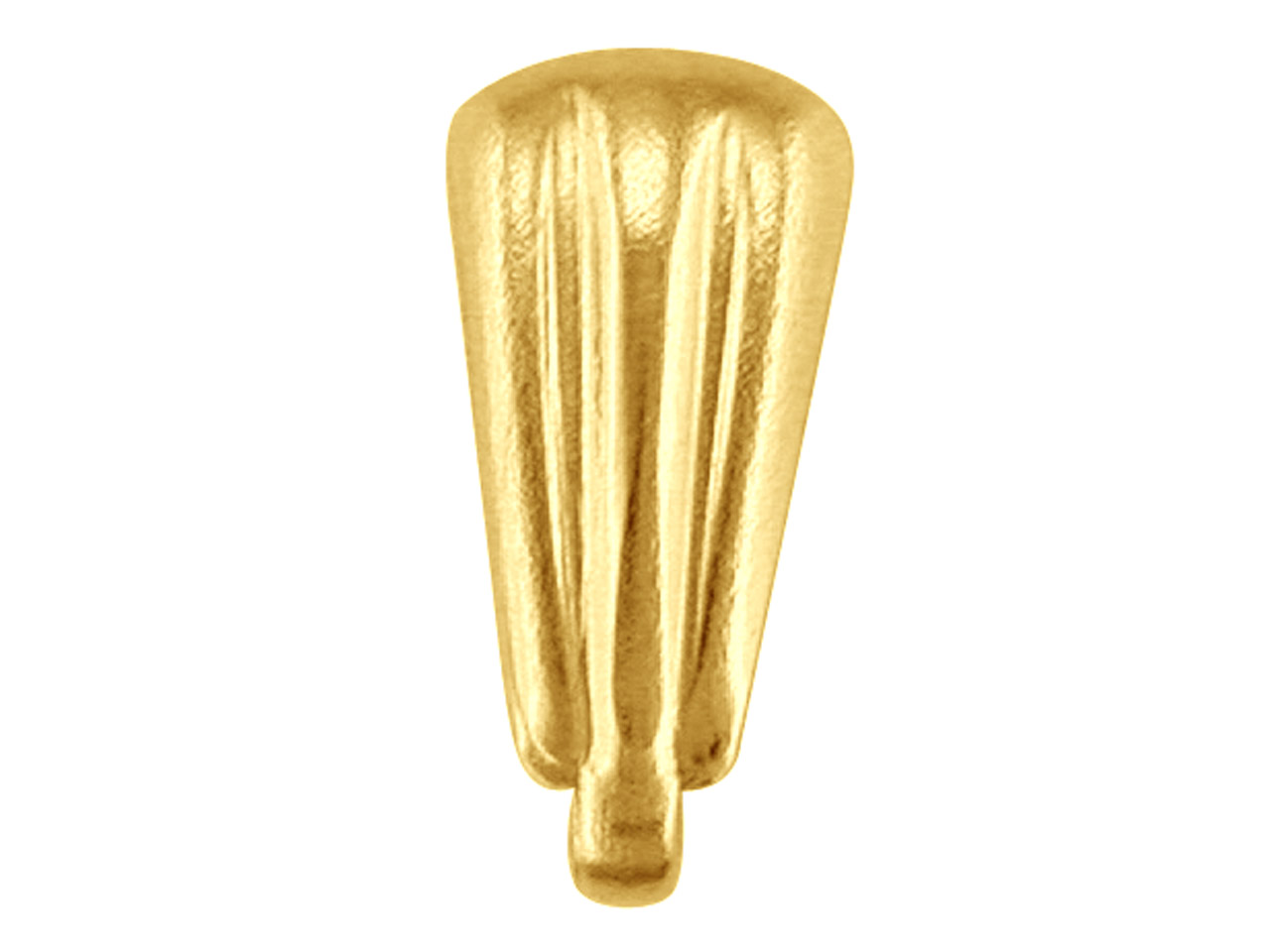
A bail is a popular choice of finding that is used to attach a stone. They are often simply designed to not take focus from the charm or gemstone that will sit in the middle. Bails are commonly used for necklaces but are a great way to attach charms to bracelets.
Bell Caps
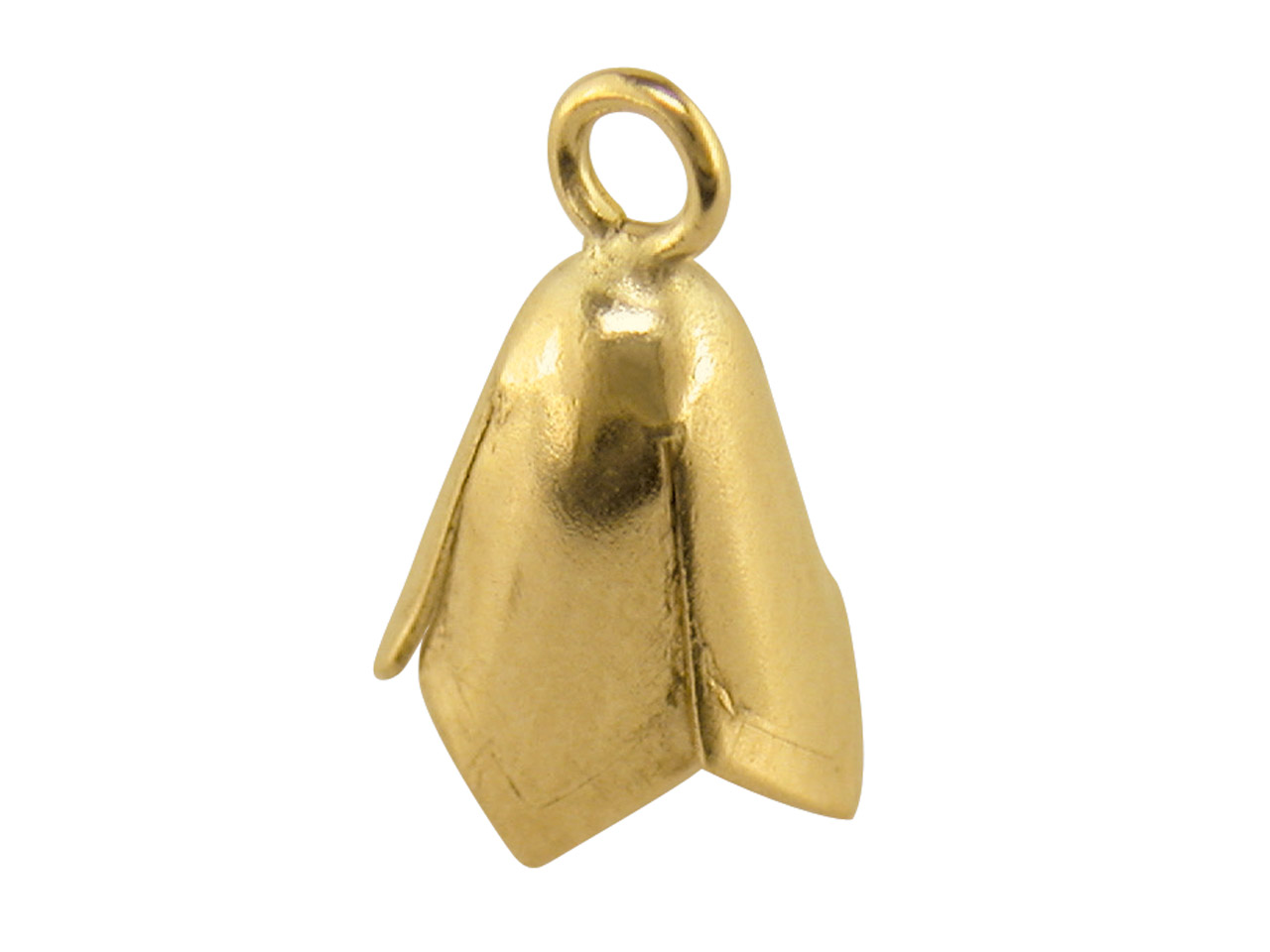
Bell caps are commonly used to attach gemstones to jewellery. These are the perfect finding option for unusually shaped stones and can be used when adding gemstones to ear wires or chains.
Clasps
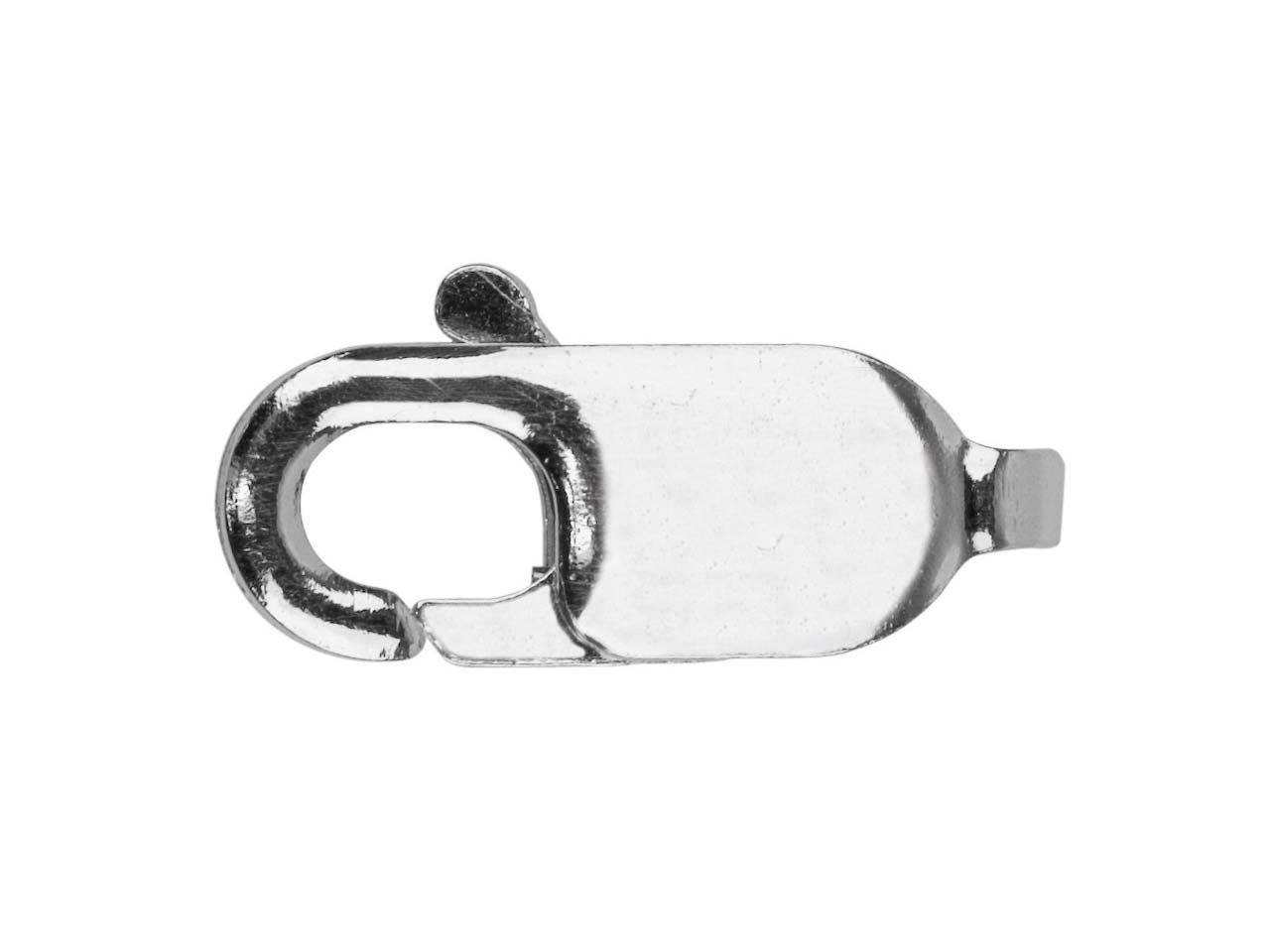
Clasps are essential for fastening your designs. They serve as finishing elements in your piece, ensuring the jewellery stays in place while complementing the overall design. There are many types of clasps to choose from including the traditional bolt ring clasps and trigger clasps as well as toggle clasps, cylinder clasps and magnetic clasps.
Connectors

Connectors are unique findings, fitted with a loop on each side. These are designed to connect two sides of your piece together. Designed with a gemstone or pattern, they come fitted with closed jump rings on each side, ready for attachment to a chain, cord, or other findings. Connectors are most popularly used in bracelet and necklace designs.
Crimps
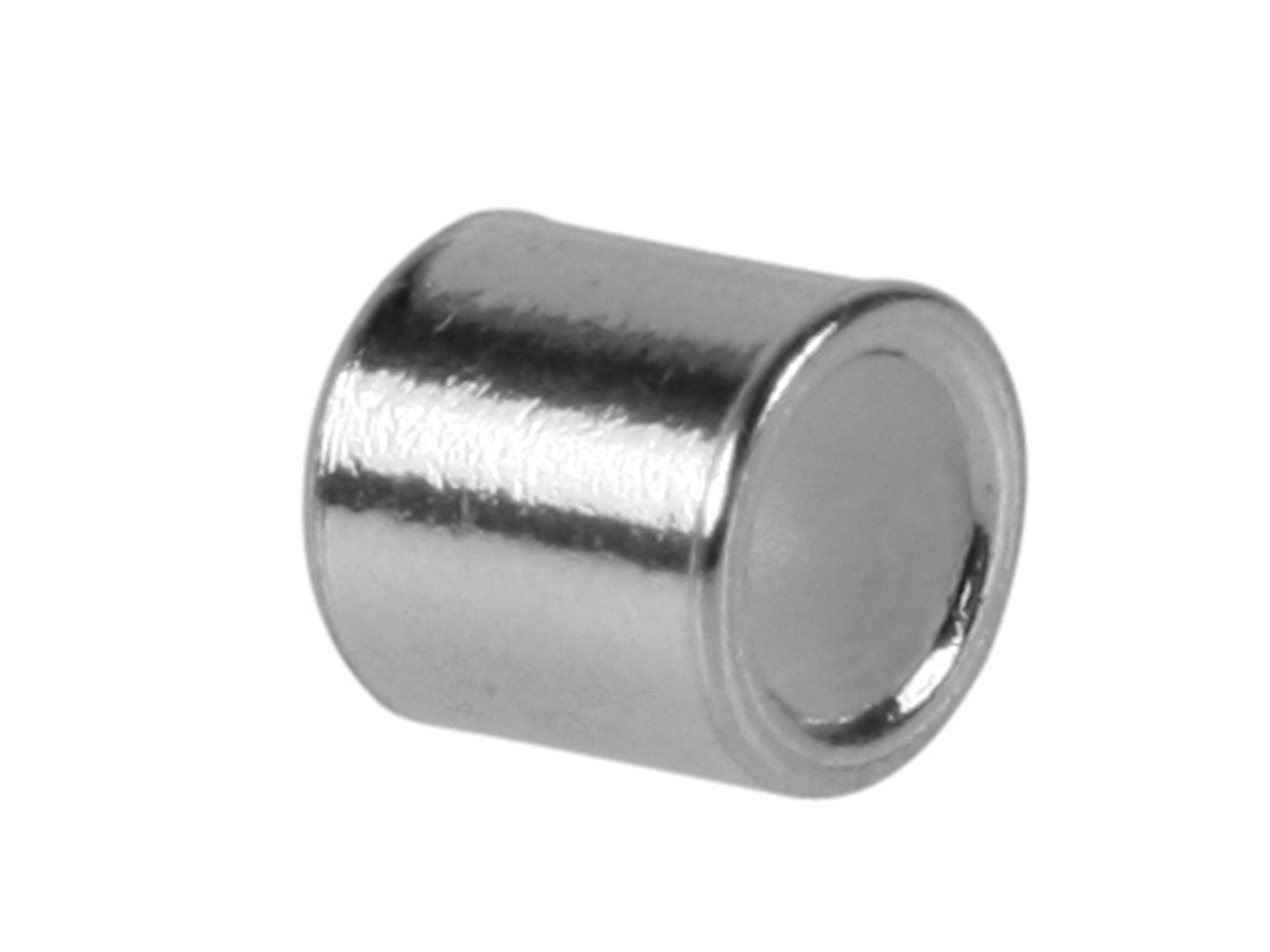
Crimp beads are predominantly used in beading jewellery and are designed to be attached to the ends of wire and string that can often be difficult to knot. To use, thread wire through the crimp bead and clasp or finding, and then back through the bead, and then use crimping pliers to flatten the bead snuggly.
Earring Findings
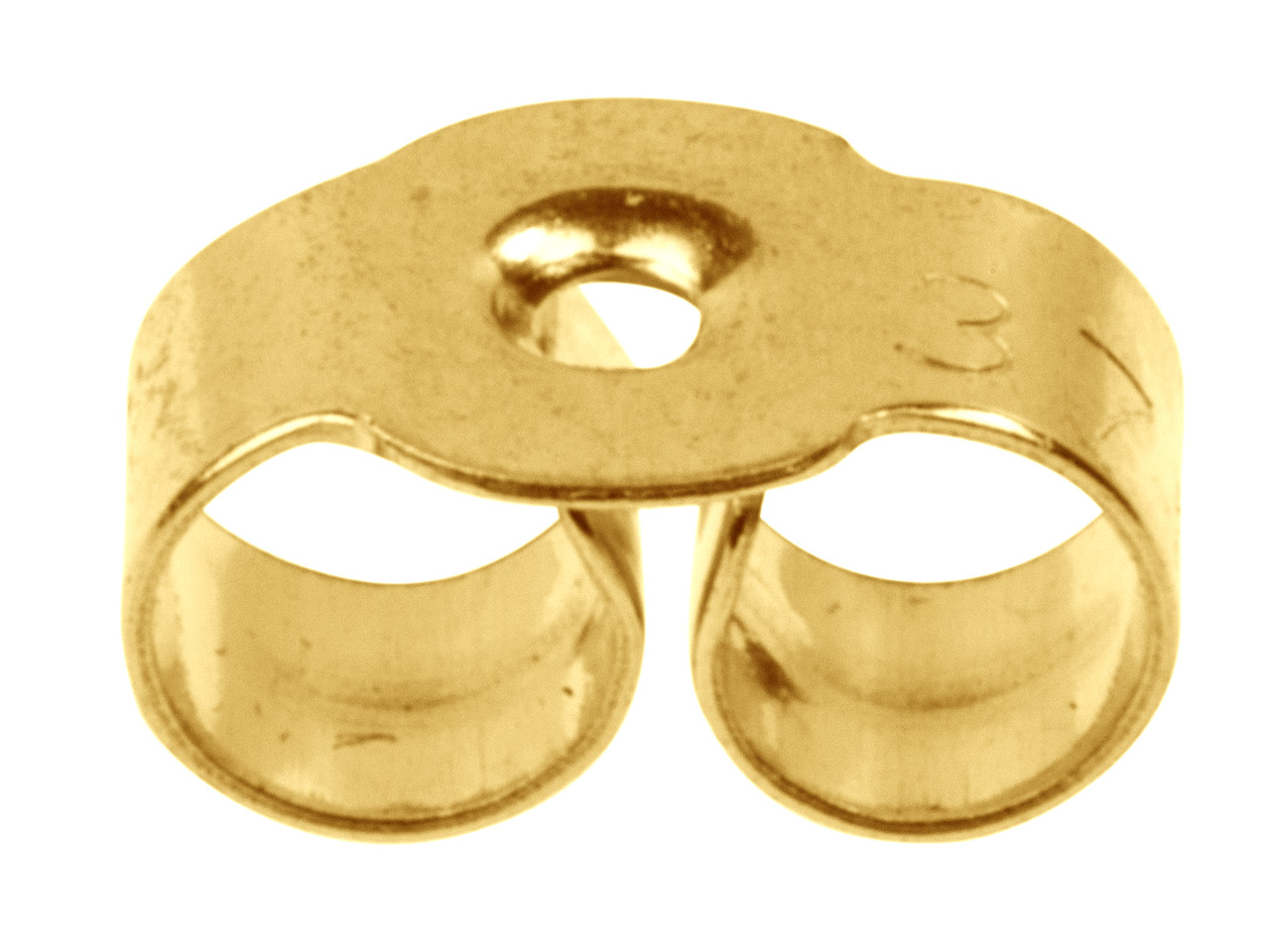
Earring Findings covers a broad range of findings that are used to make earrings. These include:
- Ear wire
- Ear hooks
- Ear studs
- Earring backs
- Earring hoops
- Earring pins and posts
There are multiple styles, shapes and sizes of earring findings that can be used to create a range of earring designs.
End Caps
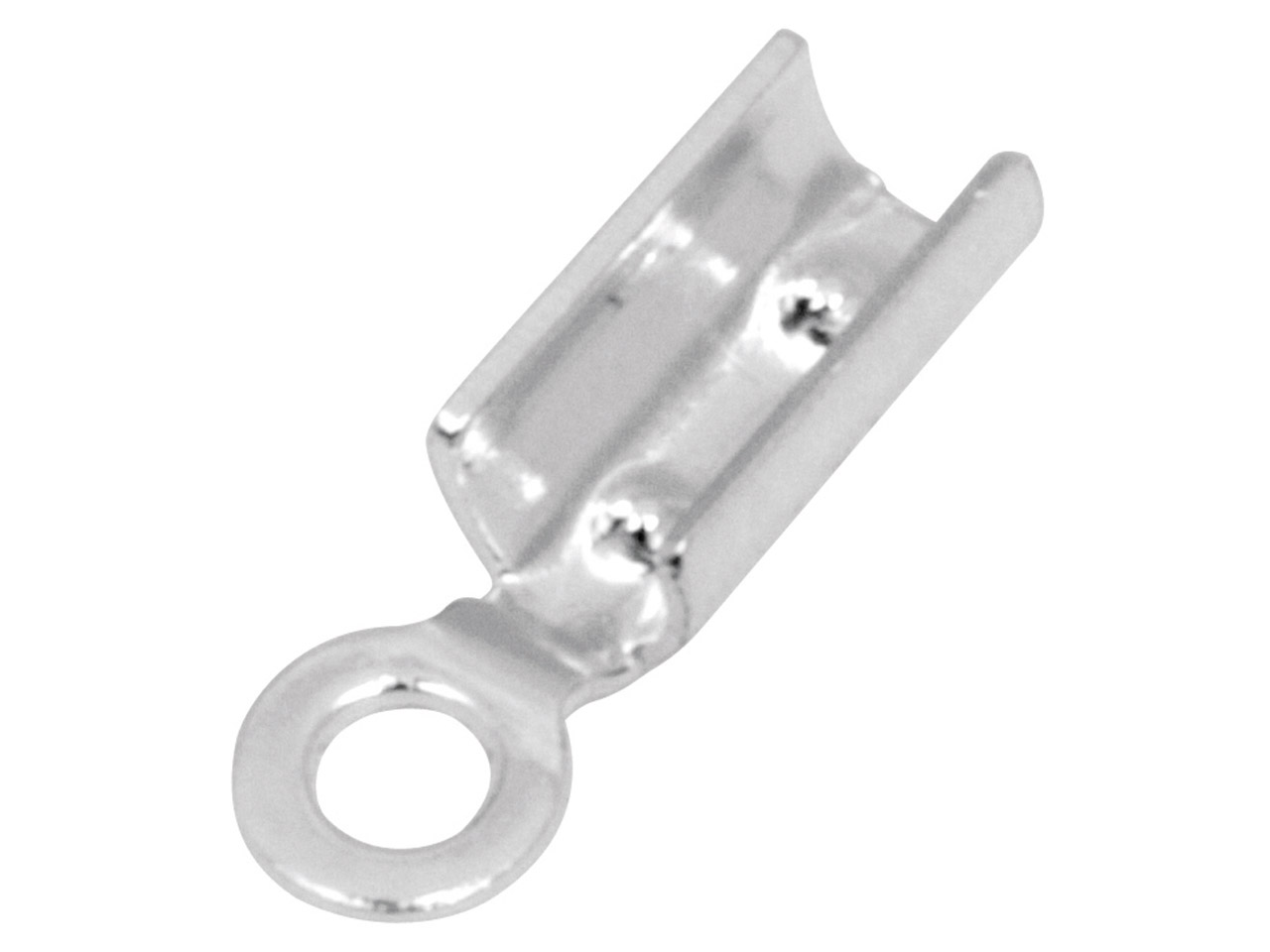
End caps are predominantly used to be attached to the end of a cord or leather to create a neat finish. They are available in various styles and are fitted with loops which can be connected to clasps.
Extension Chains
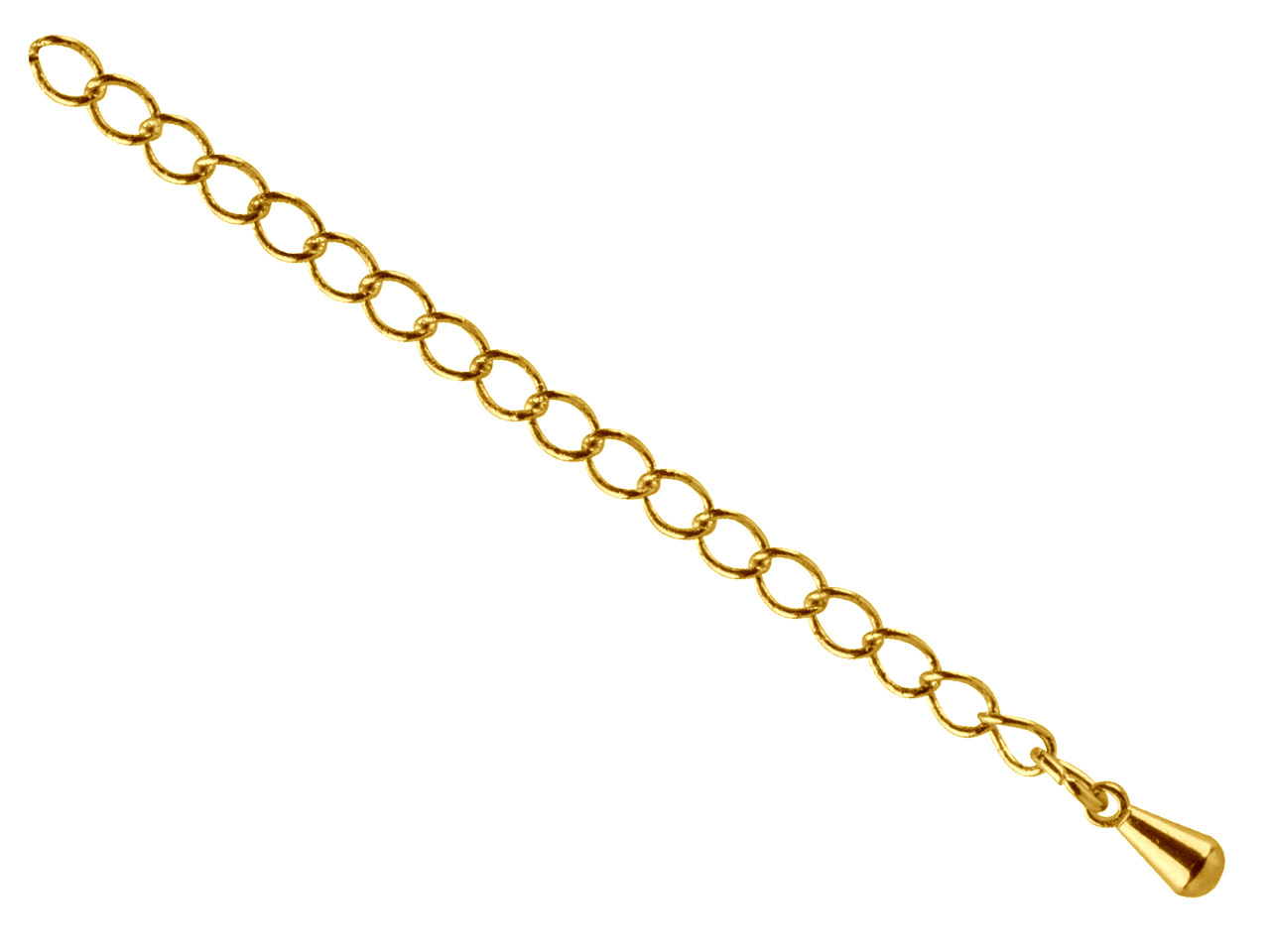
Extension chains are simple and versatile, designed to extend the length of a standard chain. They can easily be attached with a jump ring onto an existing chain.
Headpins and Eye Pins
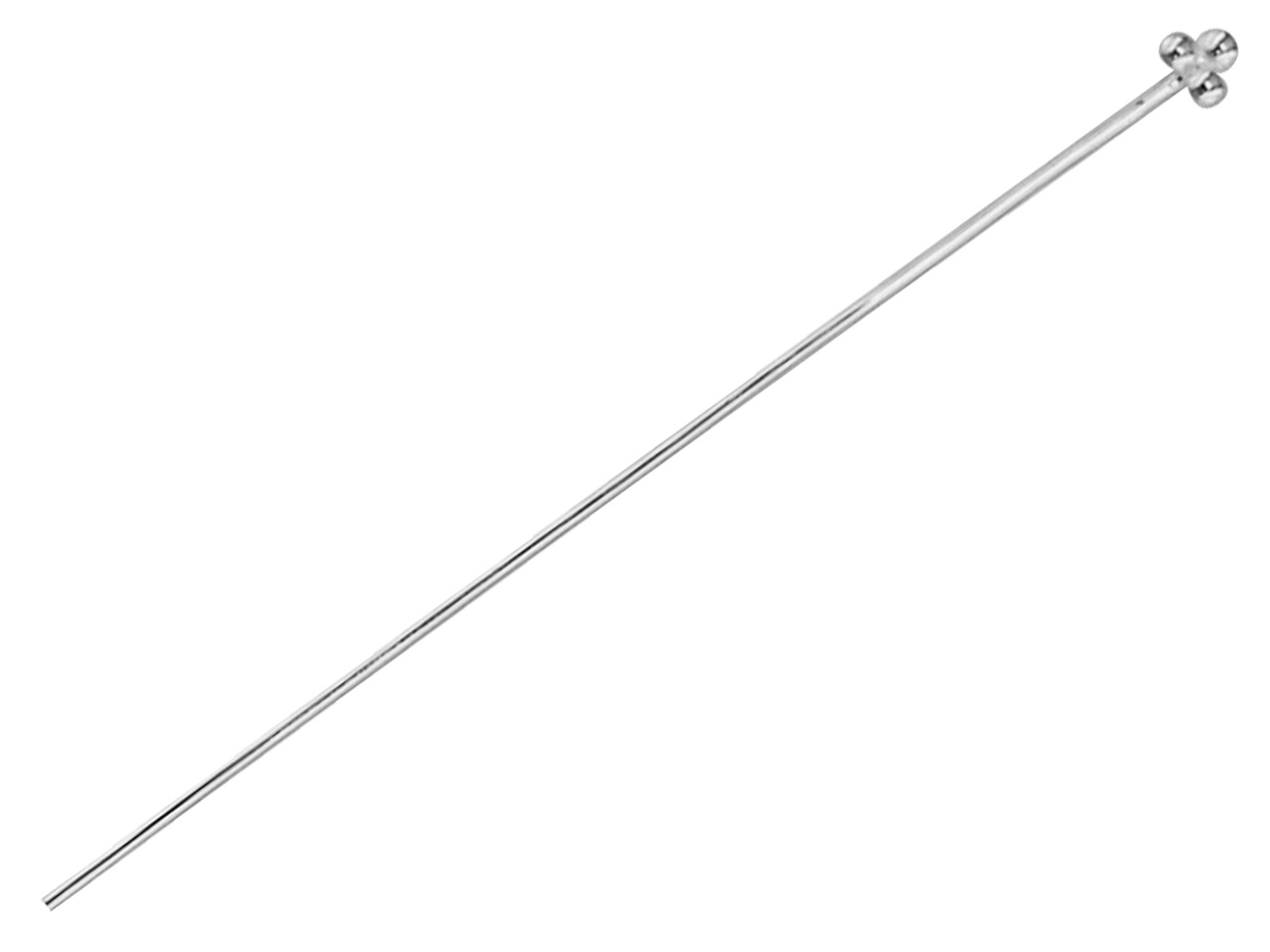
Both headpins and eye pins are used when working with beads and crystals. Beads can easily be threaded onto the pins and loop and flat stoppers will ensure that they don’t slide off. Additional findings can then be easily attached.
Jump Rings
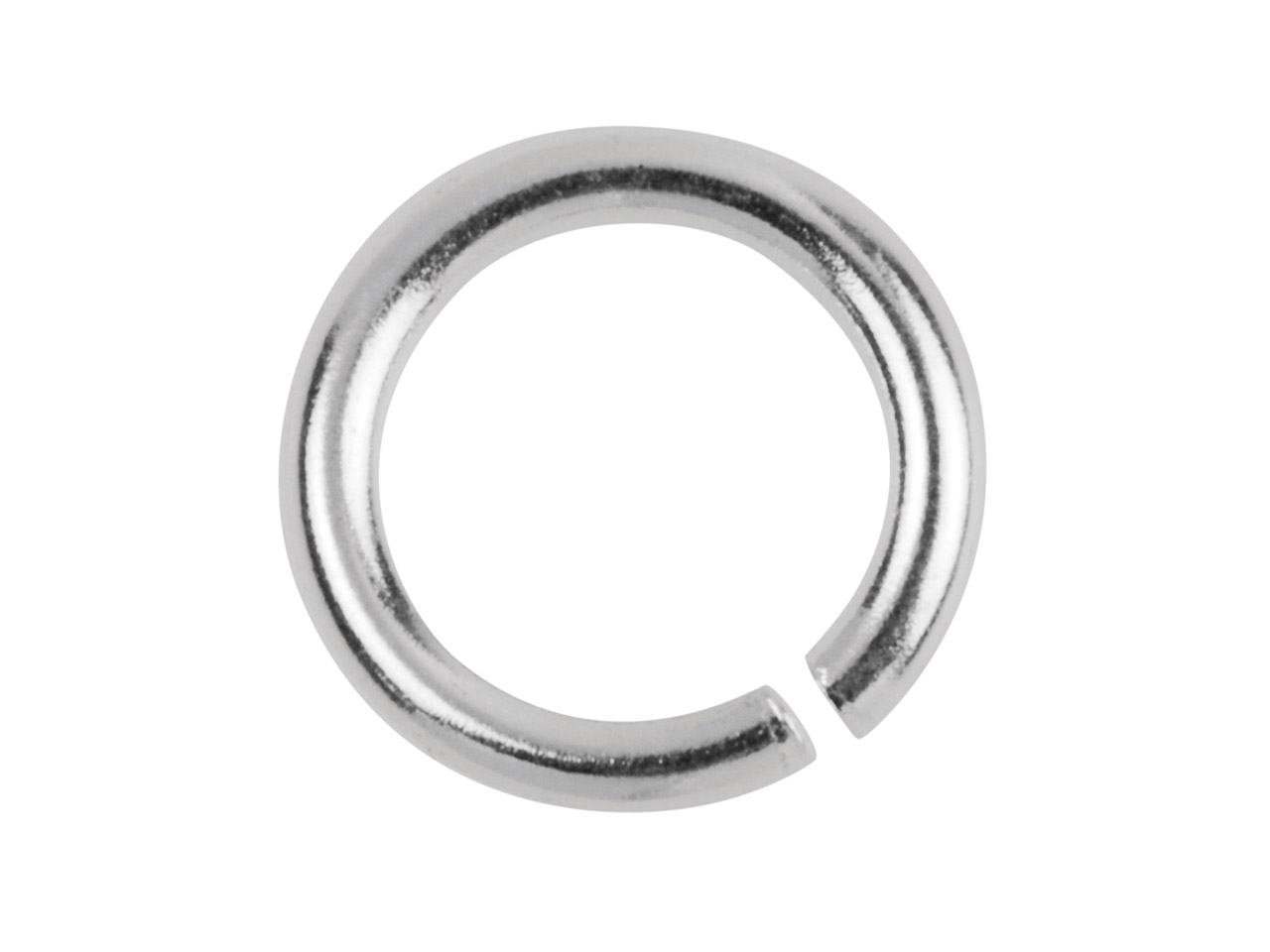
Jump rings are used to attach two separate components together. There are two versions: open and closed.
Open jump rings can be twisted and attached using snipe nose pliers whilst closed jump rings can be easily attached and used at the ends of bracelets and necklaces. Although primarily used to attach a clasp to a chain, jump rings can also be used to make chainmail jewellery.
Split Rings
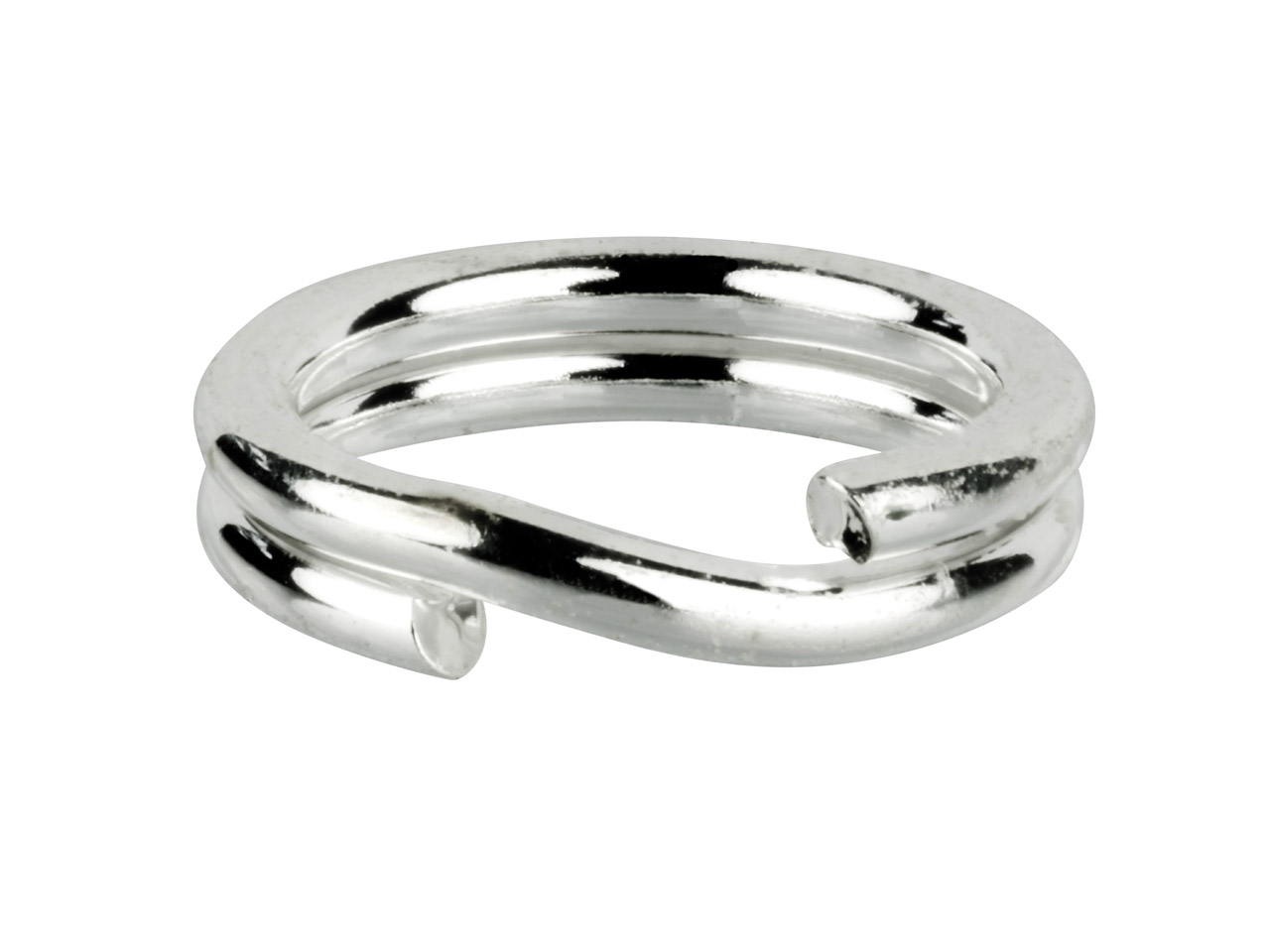
Split rings are formed from a double coil of wire and are often used for keyrings.
We hope this guide has helped you understand what each finding is and what it is used for in jewellery making. Don’t forget to head back to our how to make jewellery hub for more advice, support and tips to help you on your jewellery-making journey.
Maria Hussain
